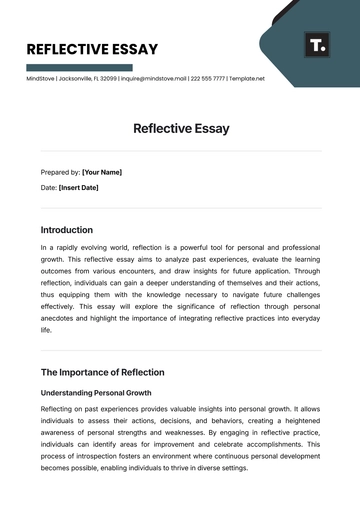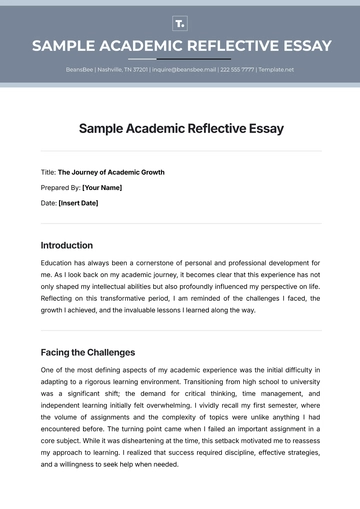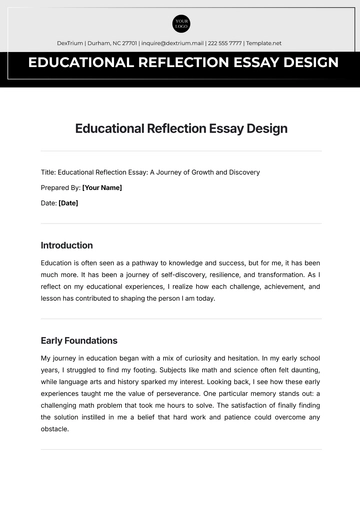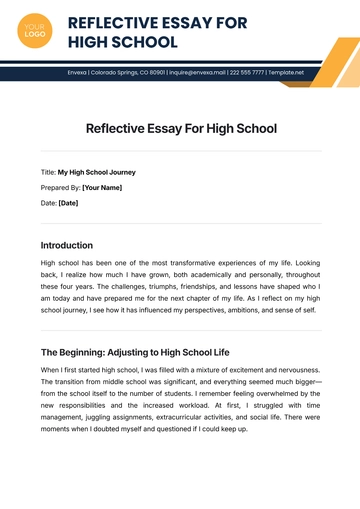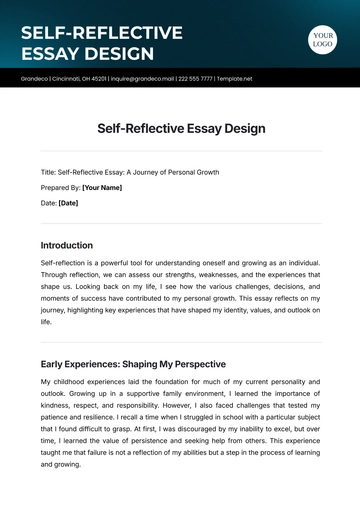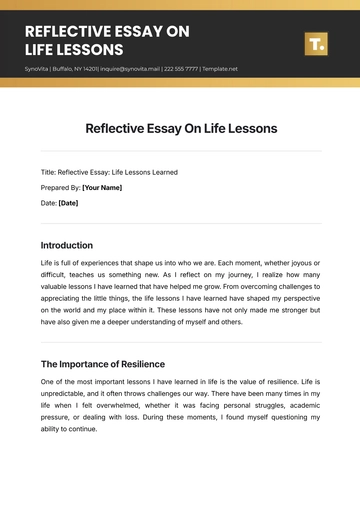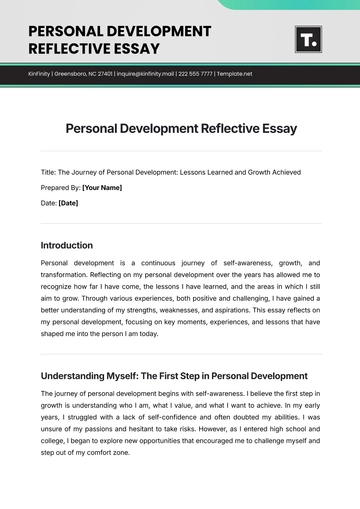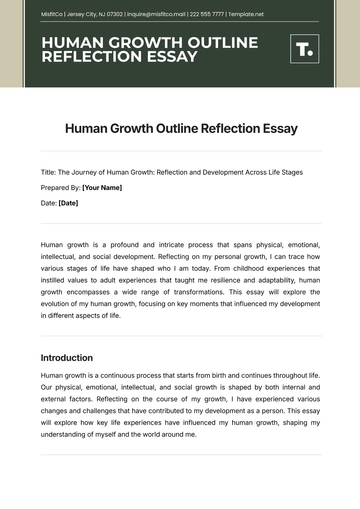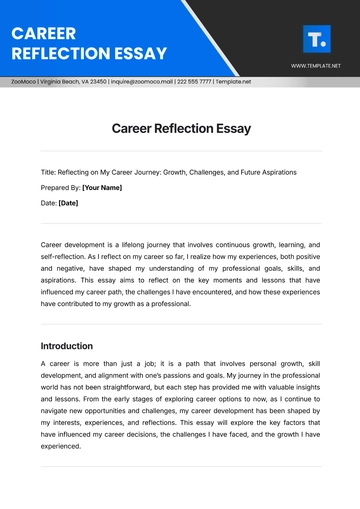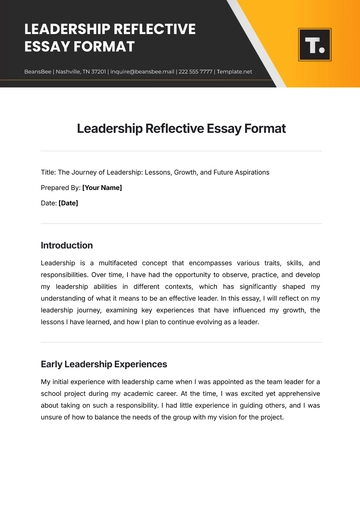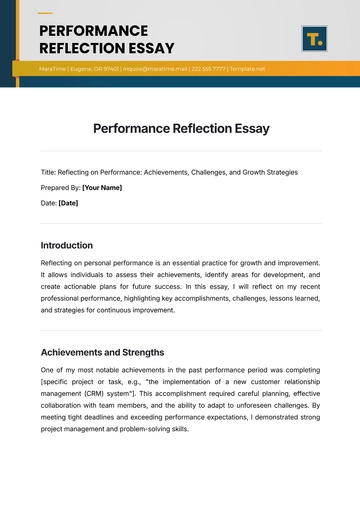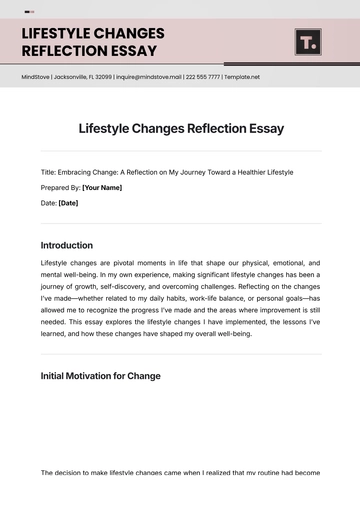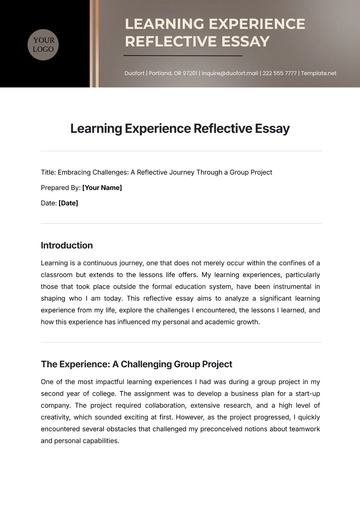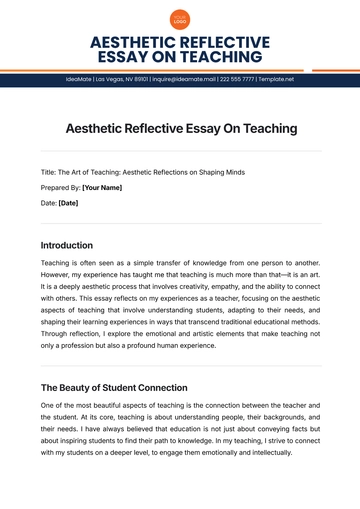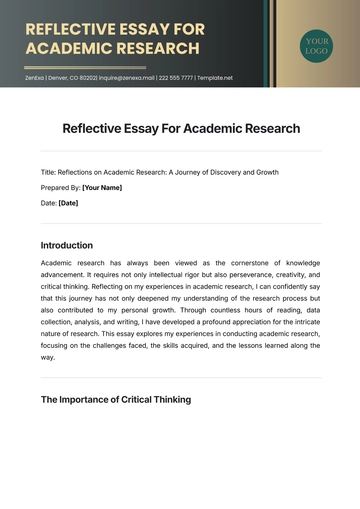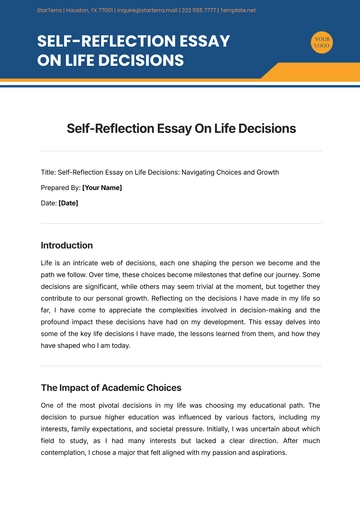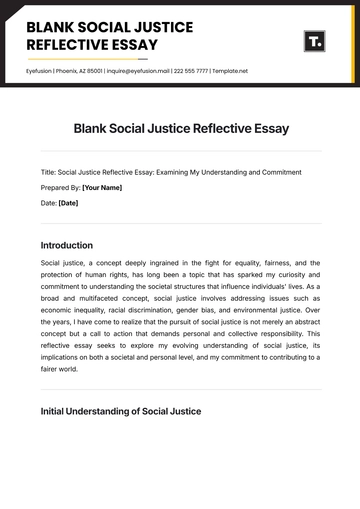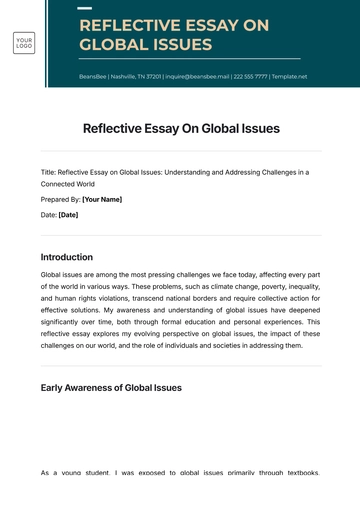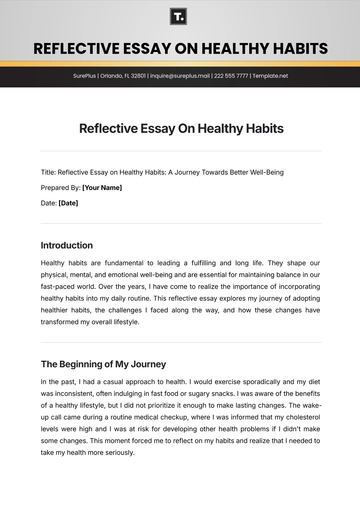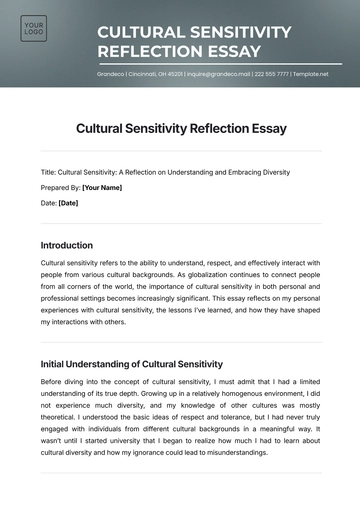Free Durga Puja Essay
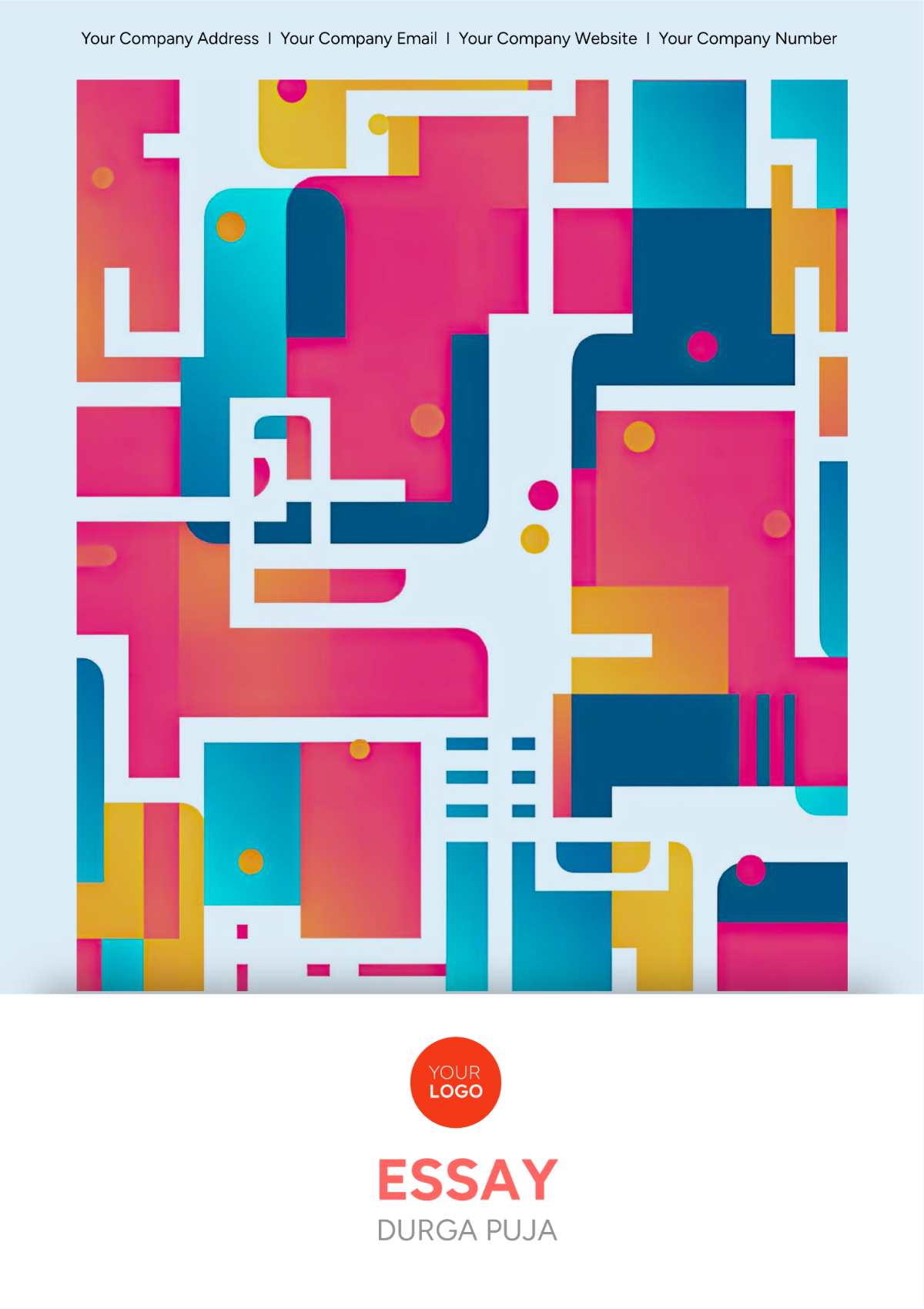
Durga Puja, one of the most prominent festivals in India, particularly in West Bengal, has transcended its traditional boundaries and evolved into a global cultural phenomenon. Once primarily a religious celebration, it is now a reflection of the cultural and social transformations of contemporary Indian society. In the modern context, Durga Puja has become an amalgamation of devotion, art, commerce, and community engagement, while still preserving its religious essence.
Historical Significance and Evolution
Durga Puja, traditionally, celebrates the victory of Goddess Durga over the demon Mahishasura, symbolizing the triumph of good over evil. The festival typically spans over ten days, culminating in the grand immersion of Durga idols on Vijayadashami. Historically, Durga Puja was organized by affluent zamindars (landlords) as a family event in the 18th century. By the early 20th century, however, it transformed into a community festival, or sarbojanin puja, where neighborhoods would collectively celebrate by constructing pandals (temporary structures) and idols.
Durga Puja Today: A Blend of Tradition and Modernity
In the 21st century, Durga Puja has undergone a remarkable transformation. While the core religious practices remain intact, the way it is celebrated has shifted in response to urbanization, commercialization, and technological advancements.
Pandals as Artistic Marvels
One of the most significant modern aspects of Durga Puja is the grandiose display of creativity through pandals. In modern celebrations, pandals have evolved from simple bamboo structures to architectural wonders. Every year, designers craft pandals that replicate famous landmarks, blend modern art with tradition, or address social themes such as climate change or women’s empowerment. In 2022, some Kolkata pandals attracted millions of visitors over the five days, with one pandal alone drawing 2.5 million people.
Technology and Digital Celebrations
With the advent of social media and digital platforms, Durga Puja has become accessible to a global audience. In the past few years, especially post-pandemic, virtual pandal hopping has gained immense popularity. Live streams of rituals, digital darshans, and virtual cultural events are now commonplace, allowing the diaspora to participate in the festival from afar. For example, in 2021, multiple puja committees in Kolkata and other cities streamed their celebrations on YouTube and Facebook, with some garnering over 100,000 live viewers.
Commercialization and Economic Impact
Durga Puja is also an economic juggernaut, with the festival’s expenditure and associated businesses contributing significantly to local and state economies. According to a 2020 study by the British Council, Durga Puja contributes approximately ₹32,000 crores (USD 4 billion) to the economy of West Bengal. The spending encompasses the construction of pandals, decoration, idol-making, food, clothing, and tourism .
In 2022, Kolkata alone saw an influx of more than 10 million tourists during the Durga Puja festivities . This has also led to significant employment generation, especially for artisans, decorators, caterers, and hospitality workers. From small businesses selling traditional clothes to luxury brands launching Durga Puja collections, the festival has become a huge market for retail and services.
Global Reach and Recognition
Durga Puja is no longer restricted to India. Indian communities across the world, especially in countries like the USA, UK, and Canada, celebrate the festival with grandeur. Pujas in New York, London, and Toronto have grown in scale, attracting thousands of participants. These global celebrations are not merely replicas of Indian traditions but have also embraced multiculturalism, blending local customs and practices into the festival.
In a significant recognition of its cultural importance, UNESCO added Durga Puja in Kolkata to its Representative List of the Intangible Cultural Heritage of Humanity in 2021. This recognition highlights Durga Puja's importance as not only a religious event but also a cultural and artistic expression on the world stage.
The Role of Women and Youth
In modern celebrations, women and youth are taking on increasingly important roles. From organizing the logistics of the festival to leading cultural performances, women are at the forefront of many pujas. Moreover, the youth are actively involved in the creative and digital aspects of Durga Puja. They contribute to pandal designs, handle social media promotions, and even organize charity events during the festival.
Additionally, many puja committees focus on social causes, using their platform to address issues like gender equality, mental health awareness, and environmental conservation, making the festival more relevant to the challenges of today.
Conclusion
In the modern context, Durga Puja has evolved far beyond its religious roots to become a symbol of cultural unity, artistic expression, and economic vitality. It reflects the adaptability of traditions in a fast-changing world, embracing technology, creativity, and commerce. As Durga Puja continues to grow in scale and influence, it remains a celebration that binds communities together, both locally and globally, while continuing to uphold the timeless message of the triumph of good over evil.
- 100% Customizable, free editor
- Access 1 Million+ Templates, photo’s & graphics
- Download or share as a template
- Click and replace photos, graphics, text, backgrounds
- Resize, crop, AI write & more
- Access advanced editor
Craft well-structured essays with the editable and customizable Durga Puja Essay Template from Template.net. Ideal for students or professionals, this template helps organize thoughts and ideas about the festival. Editable in our AI Editor tool, you can adjust formatting, headings, and content to suit your specific requirements, ensuring a polished and informative essay on Durga Puja.
